Computer Vision Department
MICA International Research Institute
Environment and Material setups
We
have built a simulated studio of size (9.2mx8.8m) with office
background. It consists of a living room and a toilet. The living room
is equipped with a bed, a cupboard, a chair and surrounding office
objects. The room could be illuminated by neon lamps on the ceiling or
by sunlight. Based on room layout, we installed four Kinect
sensors at places to observe entire space (see Fig.1). Each Kinect is
plugged to a nearby PC. We note that depth and skeleton information are
not alway available at all positions inside the room.
In this environment, we collect two datasets. The Dataset-I will capture activities (including fall and normal activities) of human as in daily life. So the participants will follow to a pre-defined scenario. By this way, the actions, mostly falls, will happen at the center field of view of one Kinect sensor. To evaluate the role of using multiple Kinect sensors and the role of combining RGB and Skeleton, we collect the Dataset-II which contain fall and non-fall actitivies happen at cross-view of two or more Kinect sensors.
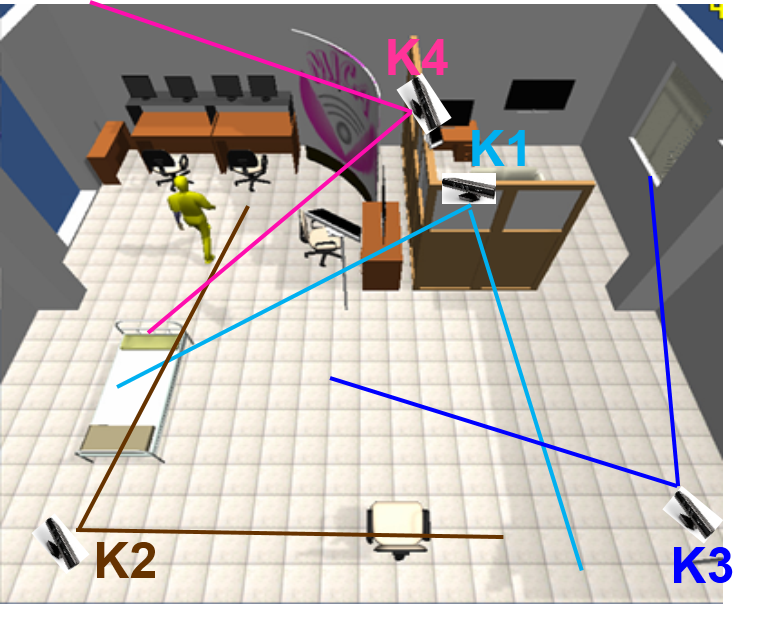
Fig1: Environment and material setup
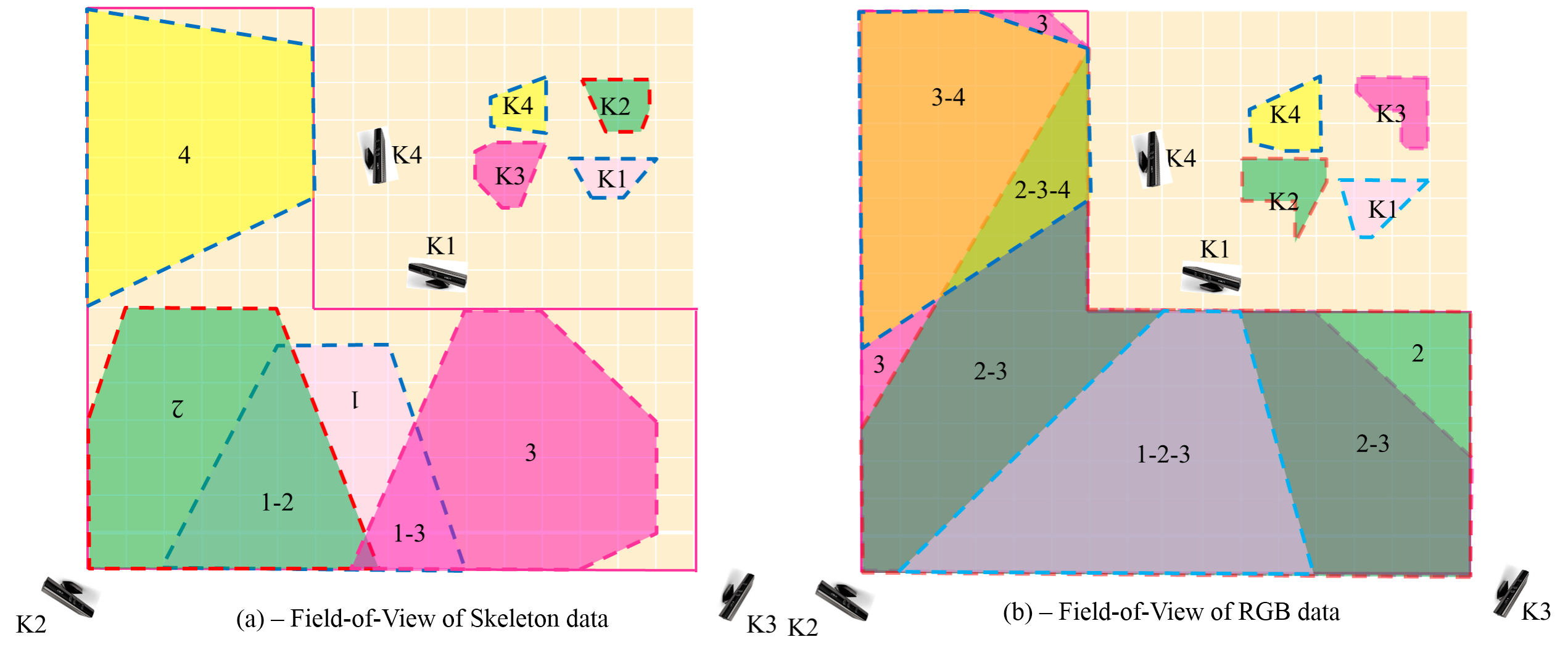
Fig 2: Overlapped views of four Kinect sensors: RGB at the right and Skeleton at the left. Each color shows the region observed one or more Kinects.
Dataset I
Scenario
We capture RGB, Depth and Skeleton data from each Kinect sensor. These data are calibrated (because depth and RGB sensors of the Kinect are not the same) then synchronized temporally using Network Time Protocal (NTP). We define a scenario including daily life and abnormal activity as follows (see Fig3, Fig4, Fig5, Fig6, Fig7 for illustration).
Illustration of Multiview RGB and Depth (Unsynchronous data)
Data collection and storage
We invite 20 subjects aging from 25 to 35 years old to make 40 falls (20 falls during walking (A12) and 20 falls from bed (A10)) and 200 daily activities. Daily activities include walking from door to bed (A1); walking from bed to toilet (A2); walking from toilet to bed (A3); sitting on the bed (A4); sitting on the chair (A5); lying down the bed (A6); sitting up from the bed (A7); standing up from the bed (A8); standing up from the chair (A9); bending and grasping an object (A11).
Totally, the datasets has 80 falls (40 falls from bed and 40 fall during walking), and other fall-likes or normal activities. Following is a video of one person playing the whole scenario. RGB, D and Skeleton captured from 4 Kinect sensors and synchronized data.
All Kinects are set to 20fps with resolution of 640x480. They capture the scene at the same time. All data (depth, RGB, skeleton) are then processed to be synchronous using Network Time Protocol. The dataset contains 240 videos (20 people x 4 Kinects x 2 data channels (depth, RGB)), time stamp and skeleton data are stored under text files. However, only Kinect 1 and Kinect 2 observe fall activities. The size of the dataset is about 451 Gbytes.
The data is store in 20 folders corresponding to 20 participants. Each folder has 4 subdirectories containing data captured from four Kinecs: Kinect1, Kinect2, Kinect3, Kinect4. Each subdirectory has 2 subsubdirectories containing data from two trials of each person. This subsubdirectory contains:
- one acceloremeter textfile. This file contains acceloremeter for every frame. (see example accelerometer file)
- two color and depth videos. These files contain RGB and depth data. (see example RGB file, example depth file)
- one skeleton textfile. This file contains coordinates of 20 skeleton joints for every frame. (see example file)
- one textfile for time synchronization. (see example file)
Dataset II
The main goal of building the Dataset-II is to evaluate the roles of combining RGB and Skeleton and the role of using multiple Kinects for fall detection in a large scale space. To this end, we ask subjects to perform activities (including falls and normal ones) at some specific positions. To show the role of RGB at unmeasurable range of the Kinect, falls are performed at positions where the skeleton is not observable (Fig.2a). To show the advantages of combining multiple Kinects, we ask participants to perform falls at frontier positions observable by more than one Kinect (Fig.2b). These positions are very sensitive because one Kinect could observe only one part of the human body and the whole action of the human is not observed.
Data collections and storages
We invited 4 subjects aging from 30 to 40 years old to make 95 free falls and 206 daily activities (walking, bending, grasping, jumping, sitting on the chair, sitting on the bed, standing up) at different positions in these regions. Among the 95 falls during walking, there are 32 falls at unmeasurable range of all Kinects , so skeletons are not available; 63 falls at frontier regions observed by more than two Kinects. The order of performing these activities could be different from one subject to others and from one trial to another one.
All Kinects are set to 20fps with resolution of 640x480. They capture the scene at the same time. All data (depth, RGB, skeleton) are then processed to be synchronous using Network Time Protocol. The storage of this dataset is similar to Dataset-I.
Download
Our datasets (Dataset-I, Dataset-II) are available and free for research purpose. If you want to use our dataset, please contact thanh-hai.tran@mica.edu.vn
Example of Fall detection on the dataset (see falldetectionresults)
In this environment, we collect two datasets. The Dataset-I will capture activities (including fall and normal activities) of human as in daily life. So the participants will follow to a pre-defined scenario. By this way, the actions, mostly falls, will happen at the center field of view of one Kinect sensor. To evaluate the role of using multiple Kinect sensors and the role of combining RGB and Skeleton, we collect the Dataset-II which contain fall and non-fall actitivies happen at cross-view of two or more Kinect sensors.

Fig1: Environment and material setup

Fig 2: Overlapped views of four Kinect sensors: RGB at the right and Skeleton at the left. Each color shows the region observed one or more Kinects.
Scenario
We capture RGB, Depth and Skeleton data from each Kinect sensor. These data are calibrated (because depth and RGB sensors of the Kinect are not the same) then synchronized temporally using Network Time Protocal (NTP). We define a scenario including daily life and abnormal activity as follows (see Fig3, Fig4, Fig5, Fig6, Fig7 for illustration).
Scenario
| Illustrations  Fig3: Walking  Fig4: Sitting and Lying on the bed  Fig5: Falling during walking  Fig6: Falling from bed  Fig7: Bending to grasp objects |
Illustration of Multiview RGB and Depth (Unsynchronous data)
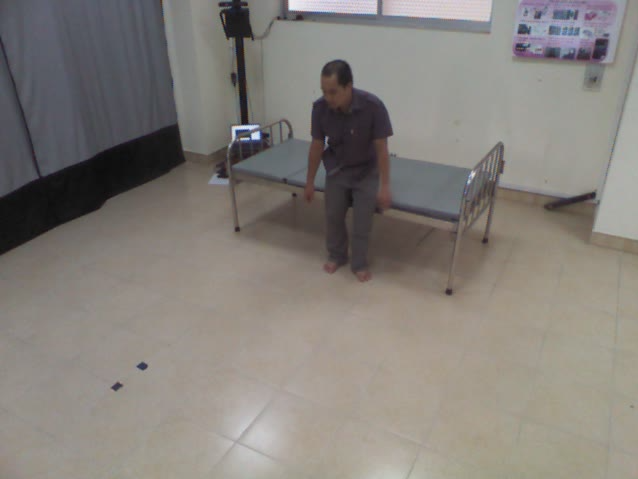 | 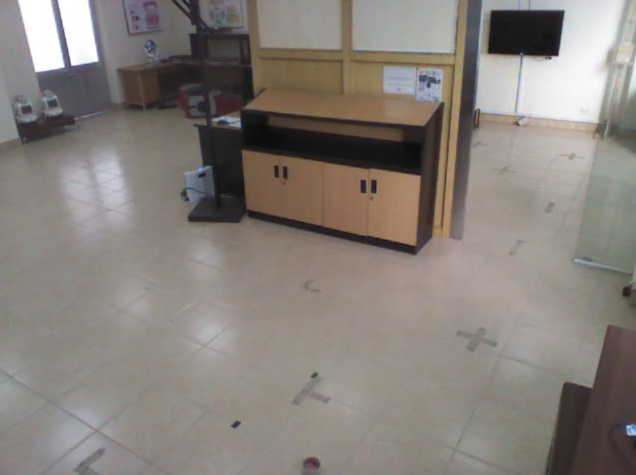 | 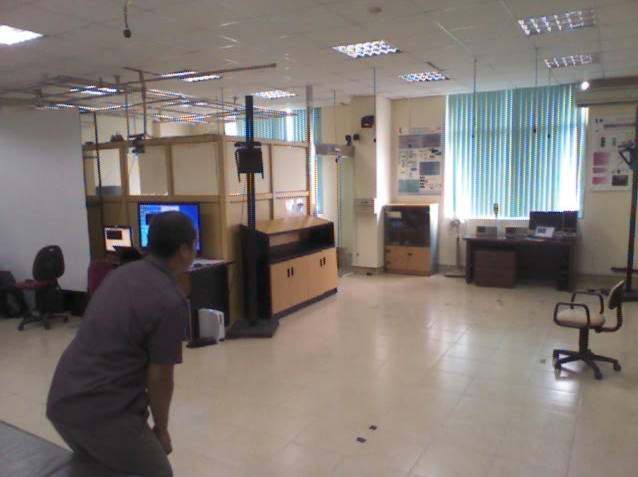 | 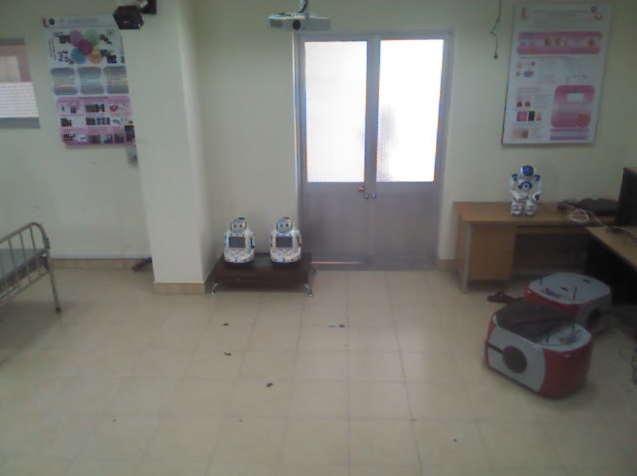 |
| Kinect 1 - RGB | Kinect 2 - RGB | Kinect 3 - RGB | Kinect 4 - RGB |
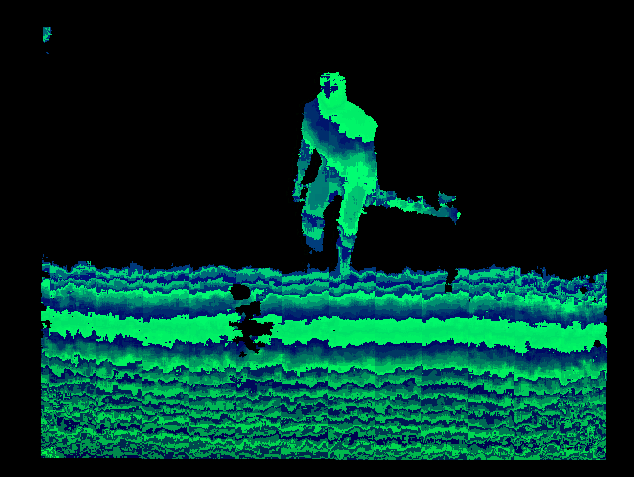 | 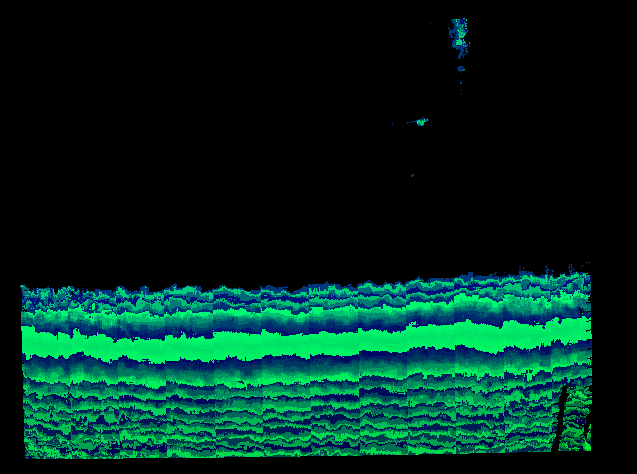 | 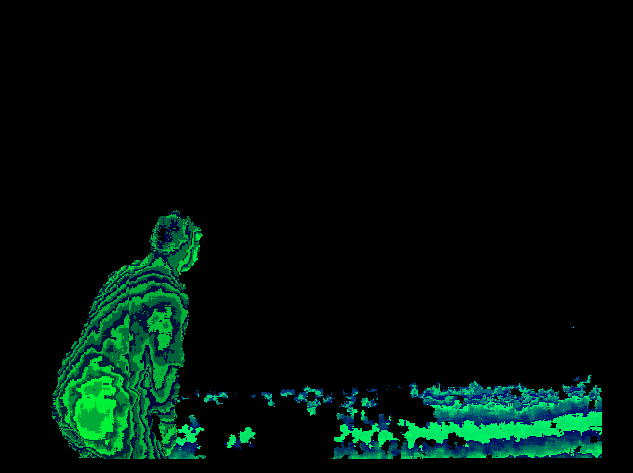 |  |
| Kinect 1 - Depth | Kinect 2 - Depth | Kinect 3 - Depth | Kinect 4 - Depth |
Data collection and storage
We invite 20 subjects aging from 25 to 35 years old to make 40 falls (20 falls during walking (A12) and 20 falls from bed (A10)) and 200 daily activities. Daily activities include walking from door to bed (A1); walking from bed to toilet (A2); walking from toilet to bed (A3); sitting on the bed (A4); sitting on the chair (A5); lying down the bed (A6); sitting up from the bed (A7); standing up from the bed (A8); standing up from the chair (A9); bending and grasping an object (A11).
Totally, the datasets has 80 falls (40 falls from bed and 40 fall during walking), and other fall-likes or normal activities. Following is a video of one person playing the whole scenario. RGB, D and Skeleton captured from 4 Kinect sensors and synchronized data.
All Kinects are set to 20fps with resolution of 640x480. They capture the scene at the same time. All data (depth, RGB, skeleton) are then processed to be synchronous using Network Time Protocol. The dataset contains 240 videos (20 people x 4 Kinects x 2 data channels (depth, RGB)), time stamp and skeleton data are stored under text files. However, only Kinect 1 and Kinect 2 observe fall activities. The size of the dataset is about 451 Gbytes.
The data is store in 20 folders corresponding to 20 participants. Each folder has 4 subdirectories containing data captured from four Kinecs: Kinect1, Kinect2, Kinect3, Kinect4. Each subdirectory has 2 subsubdirectories containing data from two trials of each person. This subsubdirectory contains:
- one acceloremeter textfile. This file contains acceloremeter for every frame. (see example accelerometer file)
- two color and depth videos. These files contain RGB and depth data. (see example RGB file, example depth file)
- one skeleton textfile. This file contains coordinates of 20 skeleton joints for every frame. (see example file)
- one textfile for time synchronization. (see example file)
Dataset II
The main goal of building the Dataset-II is to evaluate the roles of combining RGB and Skeleton and the role of using multiple Kinects for fall detection in a large scale space. To this end, we ask subjects to perform activities (including falls and normal ones) at some specific positions. To show the role of RGB at unmeasurable range of the Kinect, falls are performed at positions where the skeleton is not observable (Fig.2a). To show the advantages of combining multiple Kinects, we ask participants to perform falls at frontier positions observable by more than one Kinect (Fig.2b). These positions are very sensitive because one Kinect could observe only one part of the human body and the whole action of the human is not observed.
Data collections and storages
We invited 4 subjects aging from 30 to 40 years old to make 95 free falls and 206 daily activities (walking, bending, grasping, jumping, sitting on the chair, sitting on the bed, standing up) at different positions in these regions. Among the 95 falls during walking, there are 32 falls at unmeasurable range of all Kinects , so skeletons are not available; 63 falls at frontier regions observed by more than two Kinects. The order of performing these activities could be different from one subject to others and from one trial to another one.
All Kinects are set to 20fps with resolution of 640x480. They capture the scene at the same time. All data (depth, RGB, skeleton) are then processed to be synchronous using Network Time Protocol. The storage of this dataset is similar to Dataset-I.
Download
Our datasets (Dataset-I, Dataset-II) are available and free for research purpose. If you want to use our dataset, please contact thanh-hai.tran@mica.edu.vn
Example of Fall detection on the dataset (see falldetectionresults)